There’s been a lot of hype around Asus’s Zenbook NX500 launched a few weeks ago at Computex. The laptop is expected to hit the stores by the end of the Summer or early Fall and in the meantime, I’ve got my hands on an early production sample that I’ll be testing in the next few days.
I’ve got it from Asus, just like the Zenbook UX303 I tested a while ago, and will get back to them as soon as I finish with it. As a pre-production version, it might not have the final drivers and might encounter some glitches that could be fixed on the final units, or it can be identical to the retails models (which is usually the case). This post is a collection of my initial thoughts and impressions after playing with it during the last day, and I’m documenting the full review that’s going to be published on the site by next week.
I’ll take the NX500 through my standard review routine, analyzing the build quality, screen, keyboard, trackpad, hardware, performance, etc. But if you have any questions or you want me to test anything in particular on it, well, leave your replies below in the comments section and I’ll do my best to answer. One thing I’m not going to do is overclock it, as this needs to get back to Asus in one piece J.
Update: You can find my detailed review of the NX500 over here. Have a look!
Looks and exterior
The NX500 succeeds the Zenbook UX51VZ that I reviewed in 2012 and is not just a spec-update of that one, but also improves on a couple of different major aspects.
Aluminum is still used for the entire case, but the body is slightly rounder, with less aggressive cuts and corners. In fact, aesthetically the NX500 is a scaled version of the UX303LN. There’s the same subtle texture on the lid cover, which will make it less prone to smudges than the older Zenbooks. Unlike the 13 inch version though, which had a Brownish color, this one is Silver.
The interior is different though and resembles the one of the Asus N550 series, with concentric perforations that hide beneath the speakers (seem to be two cuts for each speaker).
There’s a more compact keyboard that on the UX51, as the NumPad Area is no longer included, and that’s something I for one appreciate. The typing feedback is decent, on par with what we’ve been used to from Zenbooks lately. The keys are silver though and I would have preferred if they were black, the contrast would have looked more appealing on the aluminum body. On top of that, it’s actually difficult to spot the writing on the keys in some cases, as we basically get s different shades of silver writing on silver keys on a silver background.
The trackpad is smooth, but not very big. Looks about the same size as the one on the 13 inch Zenbook and I’ll let you know how well it performs in the review.
The ports selection is decent, but the NX500 includes exactly the same ports as on the UX303LN, despite being a larger device, with 3 USBs, HDMI, card-reader and mini-DP. An extra USB would have been nice. There’s also an USB to RJ45 adapter included in the box. The older UX51VZ also came with an external subwoofer in the pack, and an external optical drive, but these are no longer included with the NX500. There’s a sleeve though. A silver one!
The final aspect I’m going to address here requires you to flip the laptop upside-down. You’ll notice there are no cooling grills on the belly, and this gets me somewhat worried. Air is sucked in from the grill behind the hinge, and blown out through there as well, and we’ll see if that’s efficient and whether or not has any impact on gaming-performance and temperatures. Those we’ll be discussed in depth in the review.
Screen
This is the big novelty here, as the NX500 employs a 4K screen, with an IPS panel and 3840 x 2160 px resolution.
With the content scaled at 200% in Windows, all the interfaces and graphic elements look incredibly sharp and polished, although rather small for my liking. On top of that, when you’ll actually encounter apps that don’t scale well, and there are plenty of third party ones in this hat, you’ll really struggle to read the microscopic fonts. But that’s just a given with high-density screens on Windows running laptops and I can only hope it will get better in the future.
This aside, thescreen is really nice. The colors are vibrant and not overly saturated, the contrast is good and the viewing angles wide-enough. However, the panel doesn’t seem very bright. It’s more than adequate for indoor use, but might not be good enough for bright environments, especially since it’s a touchscreen with a layer of reflective glass on top. We’ll see what the colorimeter has to say about this in the review.
Everyday experience
I enjoyed how the NX500 performs in the few hours I’ve spent with it. It boots from cold in under 10 seconds and is not very noisy in daily use, although the fans seem to never switch completely off, not even when the computer is idle. The belly only gets slightly warm when performing everyday tasks, so you can easily use this on your lap. And since there are no grills there, you can also place it on a pillow or wherever you might want, without worrying about obstructing the cooling system.
There’s the Intel Core i7-4712HQ processor on this unit with 16 GB of RAM, Nvidia 850M graphics (plus the Intel HD 4600 chip and Optimus) and a 512 GB Samsung SSD. There are two memory slots and Asus used the 850M version with 2GB of GDDR5 memory and a 128 bit bus, according to GPU-Z.
The everyday experience is solid. I haven’t tested any games yet, but installing various software is really fast and there’s nothing to complain when browsing and streaming online content. The wireless is fast and reliable, faster than the Intel chip on my ThinkPad X220 (I don’t have an AC router, so the fact that there’s an AC capable modem in the NX500 shouldn’t matter more) and I haven’t encountered any signal drops or disconnections so far.
Windows estimates the battery life while performing these casual activities at around 6 hours, with the screen’s brightness manually set to 50% and the laptop on Balanced mode with Wi-Fi ON, which is alright, but I was expecting longer, given how it houses a huge 96 Wh battery. Still, the Windows estimate is not reliable, so we’ll leave the conclusions for the review, where we’ll also get to speak about benchmarks and gaming performance, temperatures and noise levels in various use scenarios and all the other important aspects.
Wrap-up and your questions
This pretty much sums it up for now. The review will be available on the site in about a week, and in the meantime, if you have any questions about the Asus Zenbook NX500, don’t hesitate to use the comments section below.
I don’t know anything about pricing and availability for the time being (although rumors suggest it will go for just under $2000 at the beginning of August), but hopefully I’ll be able to tell you more about these by the time I’ll post the test.
Update: The detailed review of the Zenbook NX500JK is available over here.

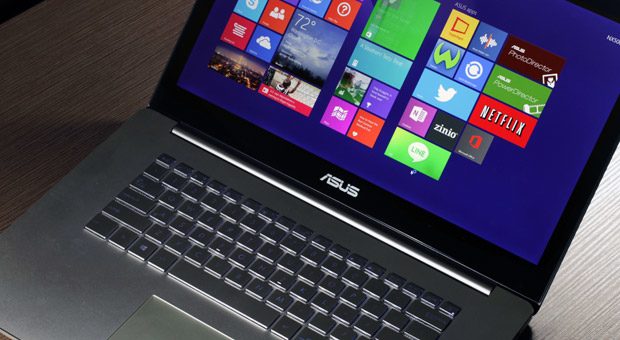
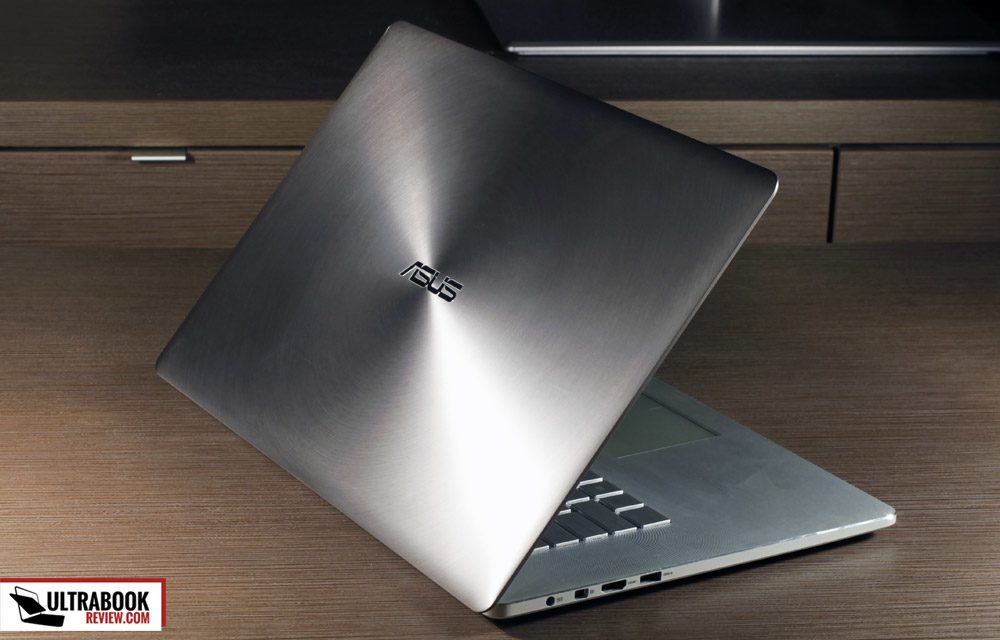
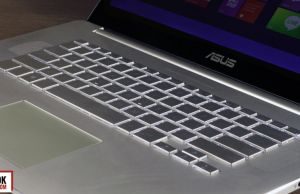

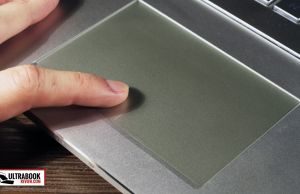
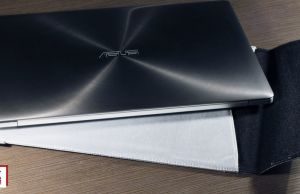
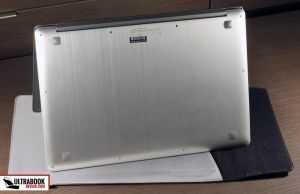
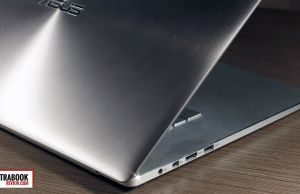
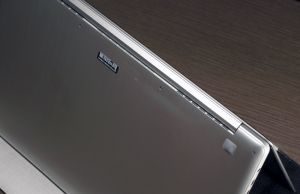
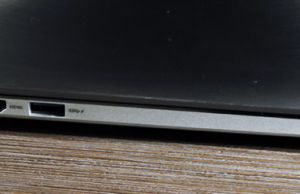
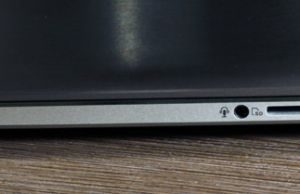
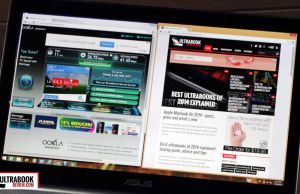
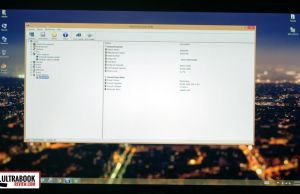
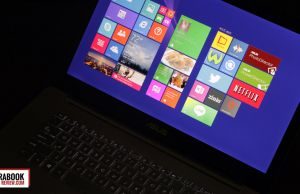
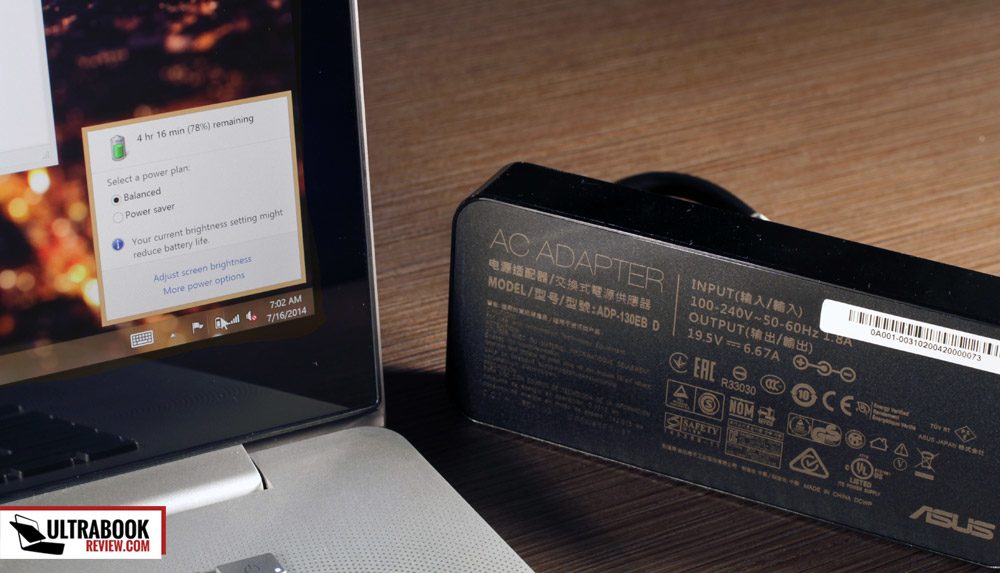
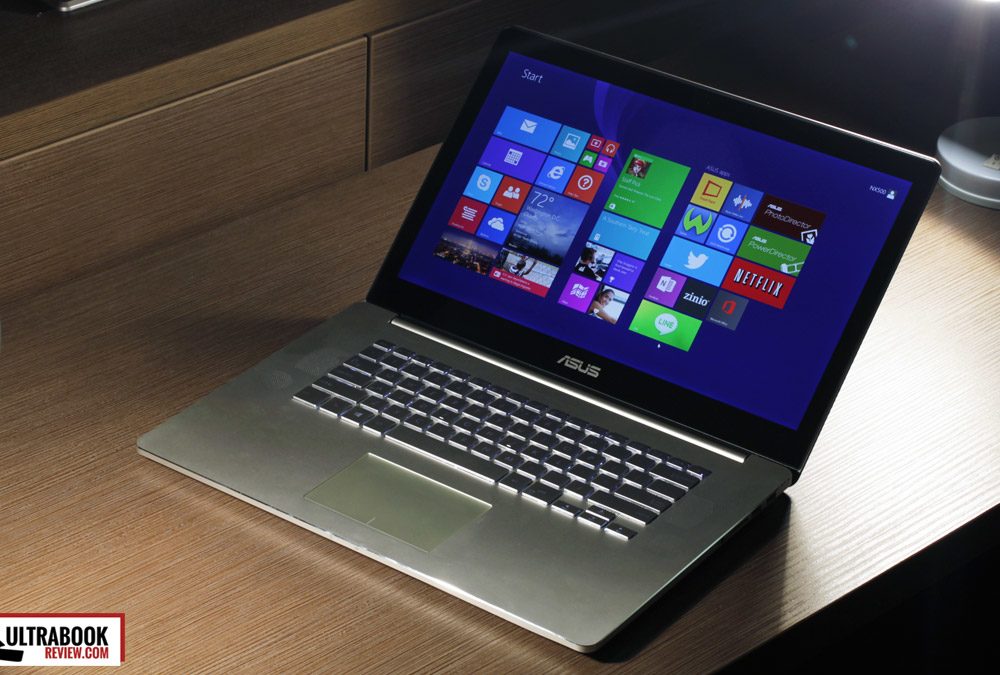

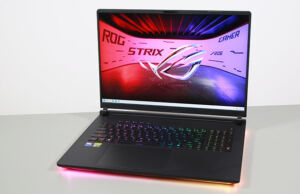



Dan
July 16, 2014 at 8:13 pm
The big question here is how good is the battery and the cooling. Keyboard looks awful. Looking forward for your review.
Andrei Girbea
July 17, 2014 at 8:16 am
Yeah, I’m with you with that. The guy in charge of the keyboard design should be fired. It’s not the first time they do this though, the N550 has the exact same approach
kevinc
July 21, 2014 at 1:30 pm
Definitely. Asus wisely have no keypad or extra keys on the keyboard left-hand side. But why this unecessary silver ‘innovation’? It’s like covering the lid with gorilla glass – adds no value. Asus got it right with the black 13 inch keyboard design. I hope Asus read this (excellent) site.
Imo what Asus can offer is Apple quality but without the Apple one size fits all approach. Simple – but with some options. Especially in the area of matte screens, screen resolutions and the ability to take the bottom of the device off and access the hd, ram and wifi-card.
Also it would be great if the Zenbook range Asus had something like Dell’s Project Sputnik on the xps range – Ubuntu for the Zenbook.
Derek
July 18, 2014 at 7:18 pm
Please let us know your screen calibration results as well as the refresh rates at 4k and lower resolutions. I would also like to know if 2560×1440 is a resolution option.
Those vents worry me too. Considering how the UX303 cooled a dual core, I wonder how well this would do with a quadcore + 850M. Hopefully the 850M is Maxwell at least.
Mark Bentley
July 20, 2014 at 8:18 pm
Hi Mike,
Would be good if you could mention the following in your detailed review:
– Build quality
– Weight
– Whether the palm rest gets hot while using
– Keyboard quality
– Touch screen performance
Thanks for the reviews! :-)
Cheers,
Mark
Clifford
July 21, 2014 at 3:14 am
I can’t wait for the early review! Tell Asus to also send you the GX500 mode. I’m really interested in that. It would be perfect if both of them can come out early to mid august in the US…I don’t want carry my current bulky flashy gaming laptop to my classes…
Anatole
July 23, 2014 at 8:35 pm
I concur with the idea of the GX500
It’s pretty much the same laptop but in black.
While there are trace of red here and there i find it more conspicuous and less macbook like than the standard silver one that Asus love to do.
I do earnestly hope that the battery can last more than 3h and closer to 8 it’s tiring to always have to find a power outlet when in class or anywhere else.
Plus if the battery can hold that long that make one thing less to bring with me.
I also feel a lack of input output in term of port.
It’s a 15 inch premium laptop and there is only 3 usb port ? no dissociated jack ?
Does the Ethernet adapter come as a 1gb version ?
I have an old UX32VD and it is starting to show it’s limit | age in computing heavy situation.
Plus the graphic card can’t display 4k (Don’t ask me why but it simply refuse to display anything above full HD on my desktop monitor).
Therefore this type of laptop almost feels perfect for my needs
and i’m looking forward to see if your reviews comfort my impression.